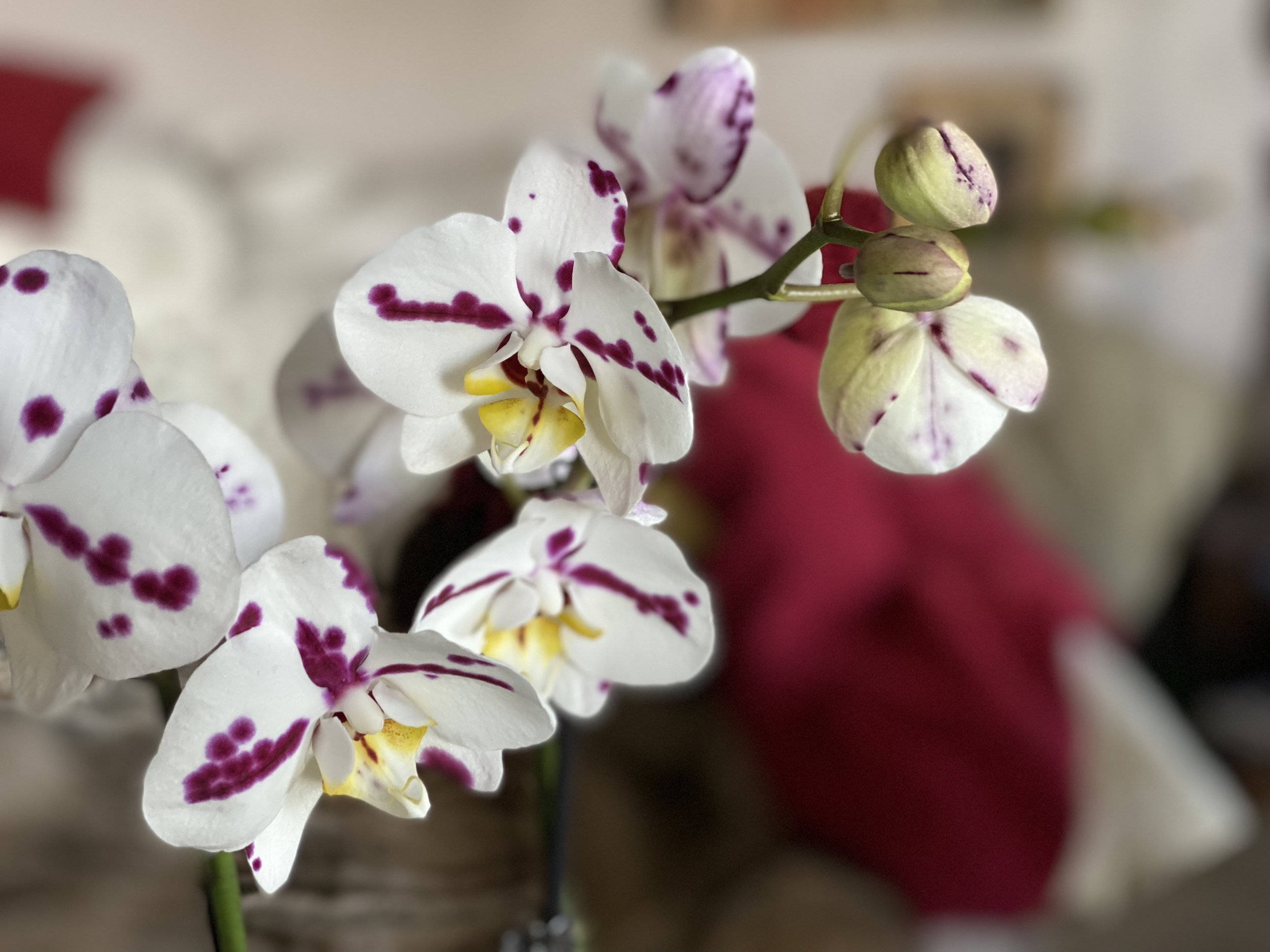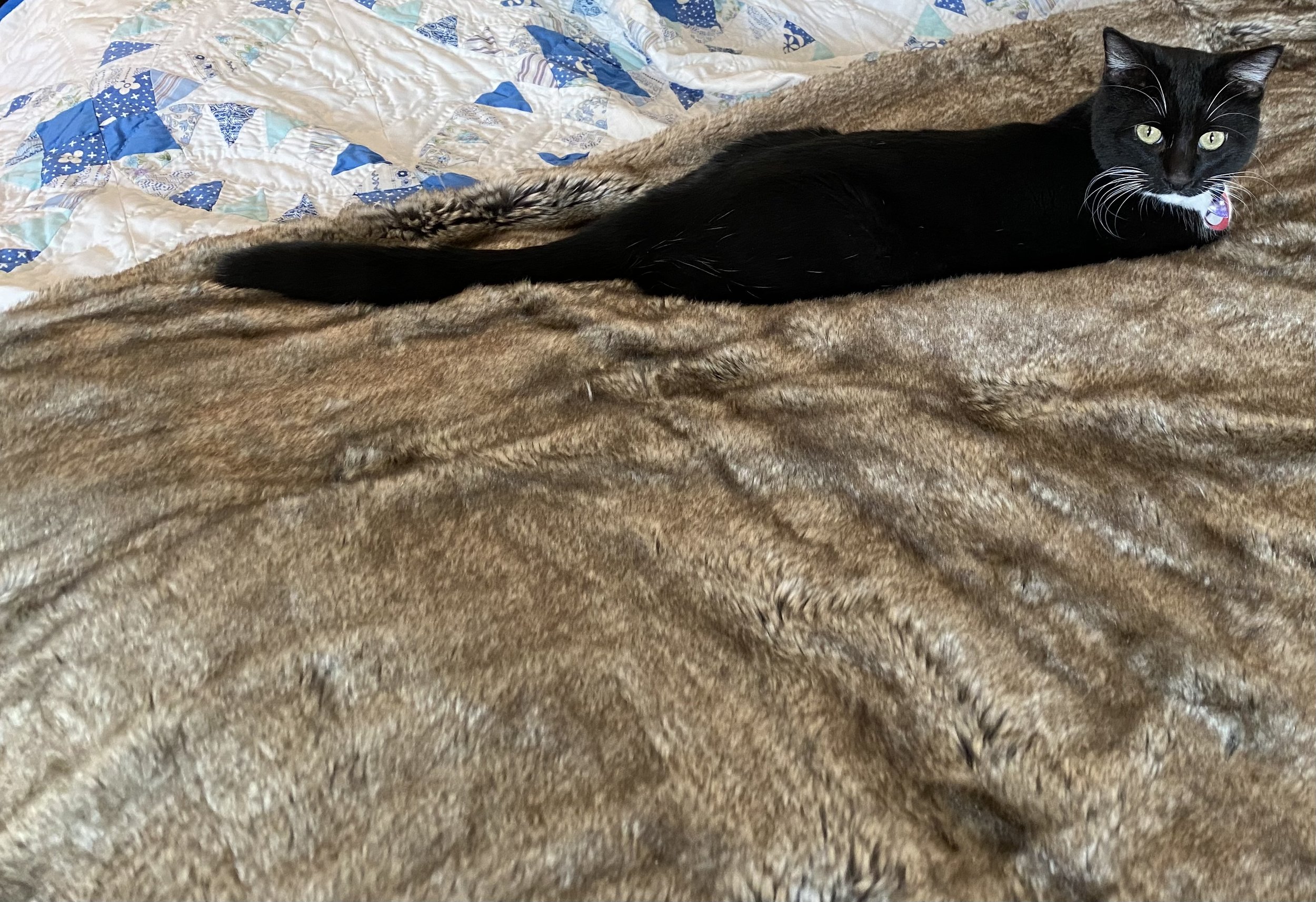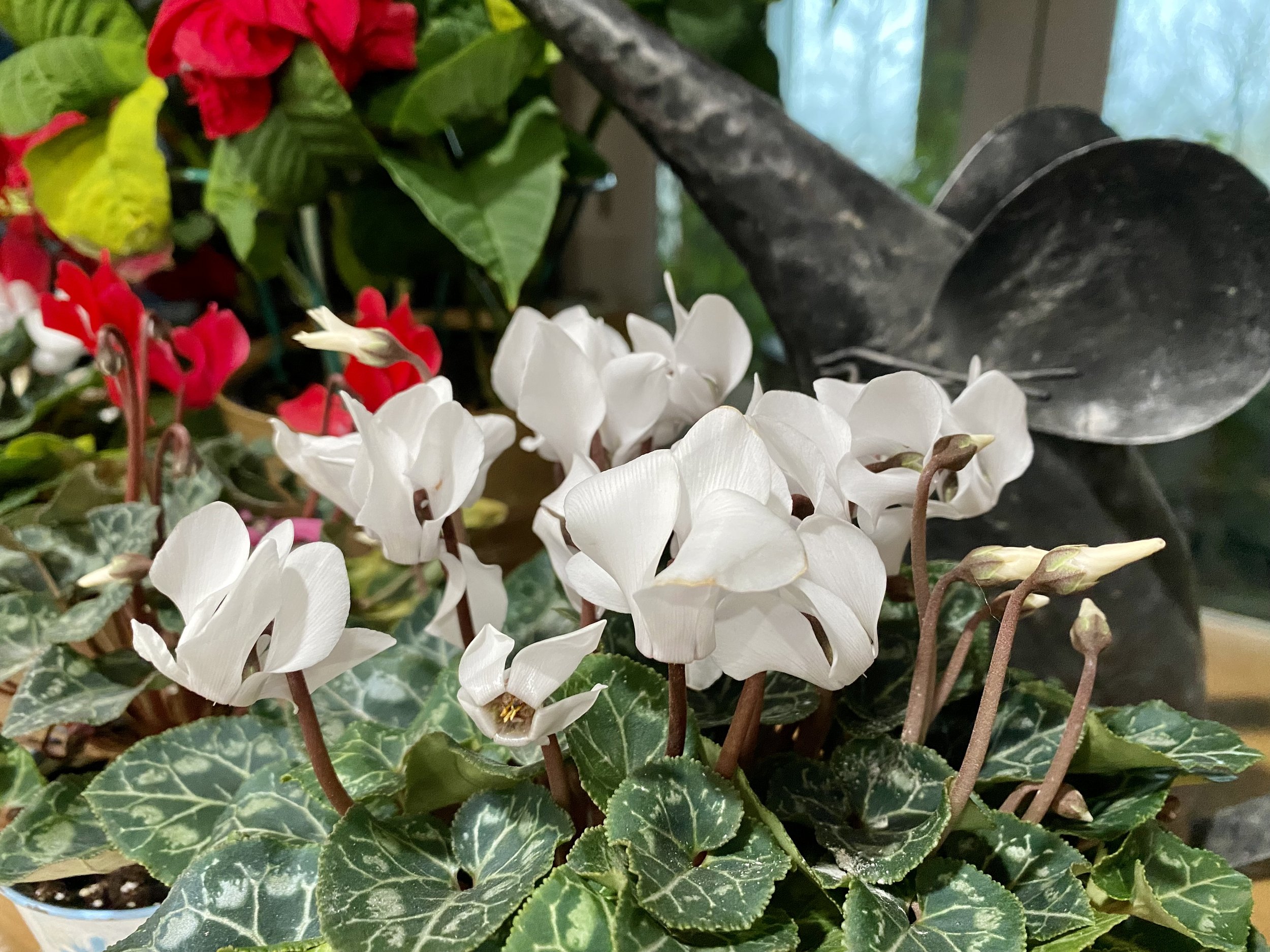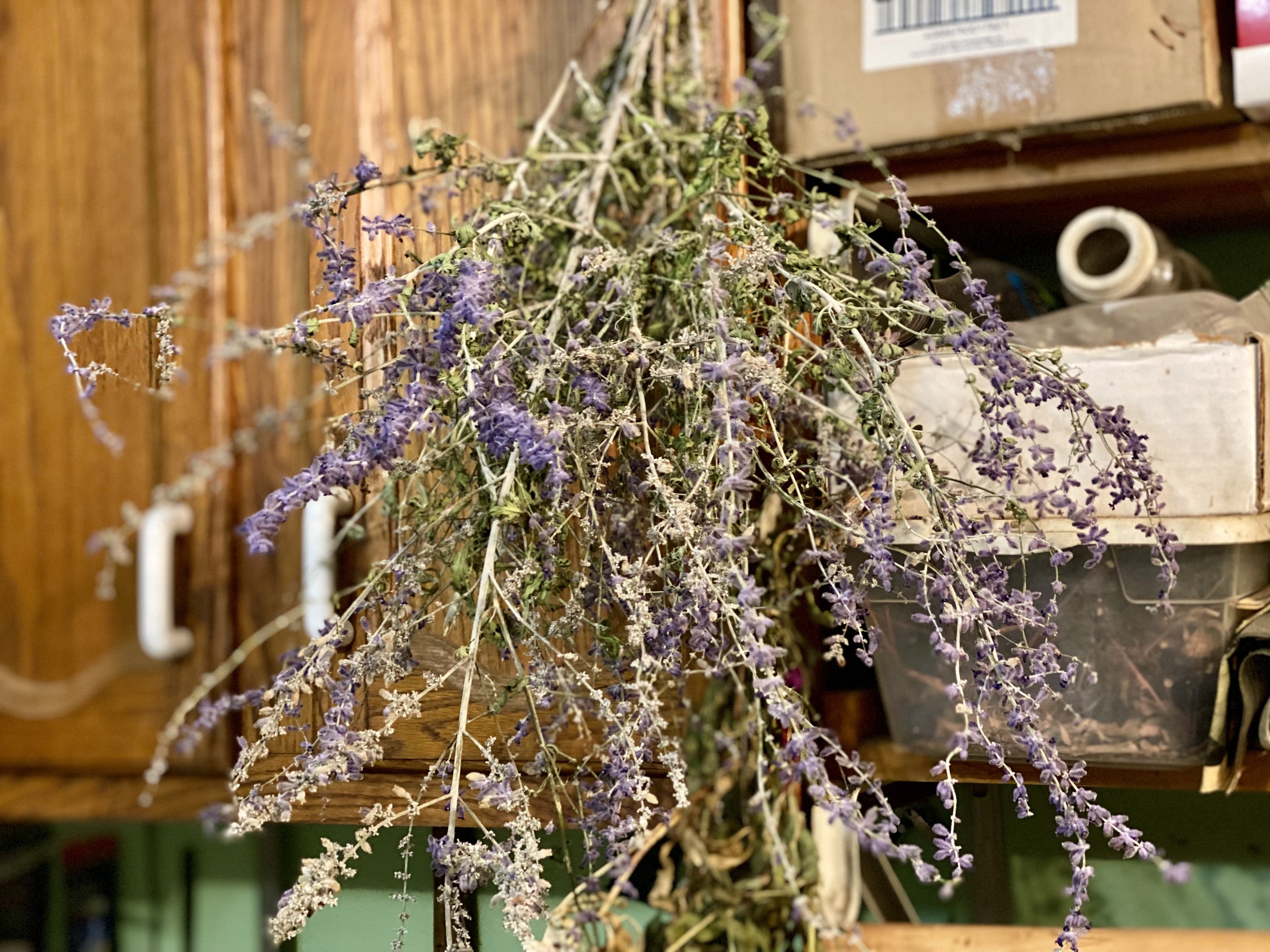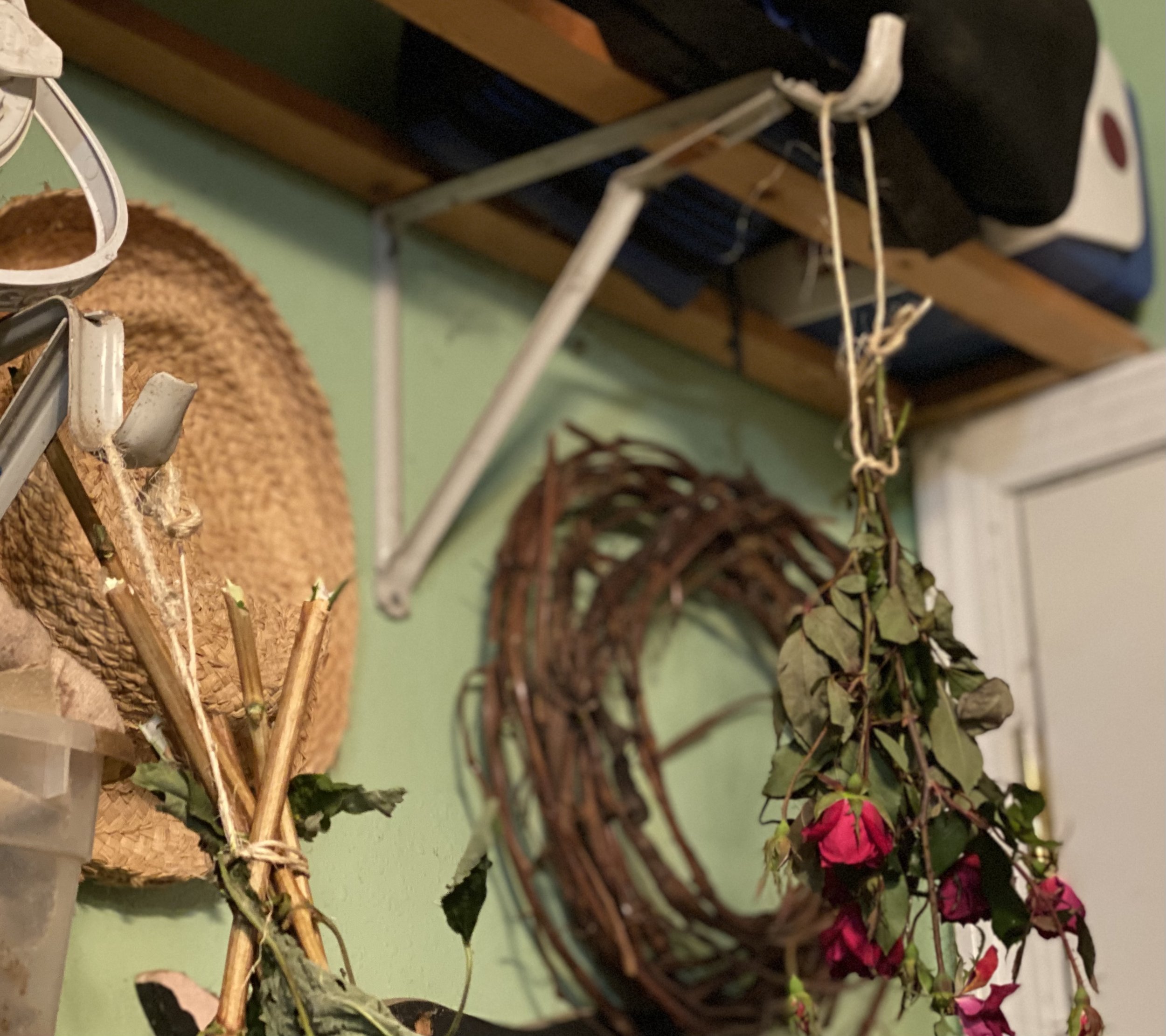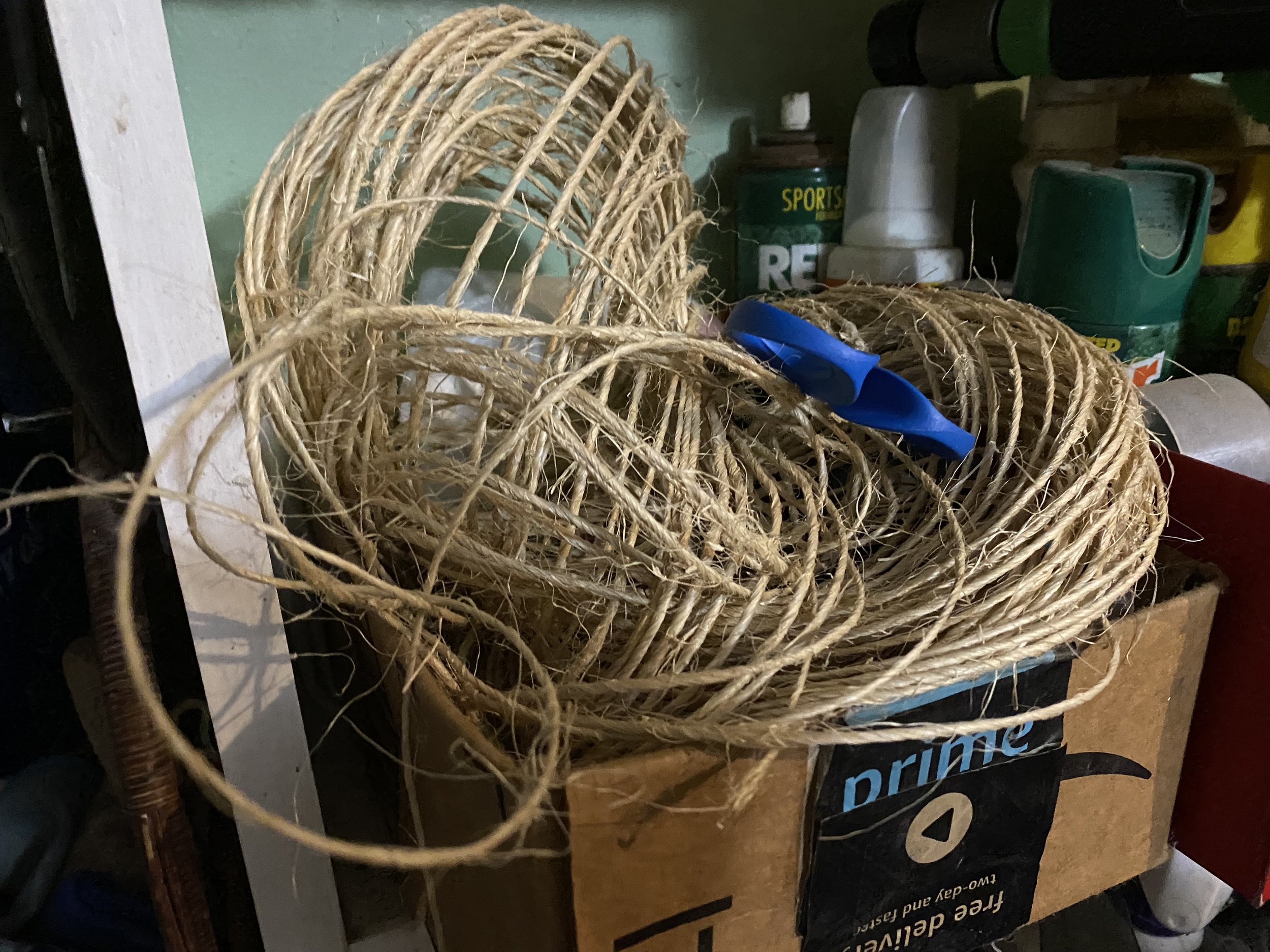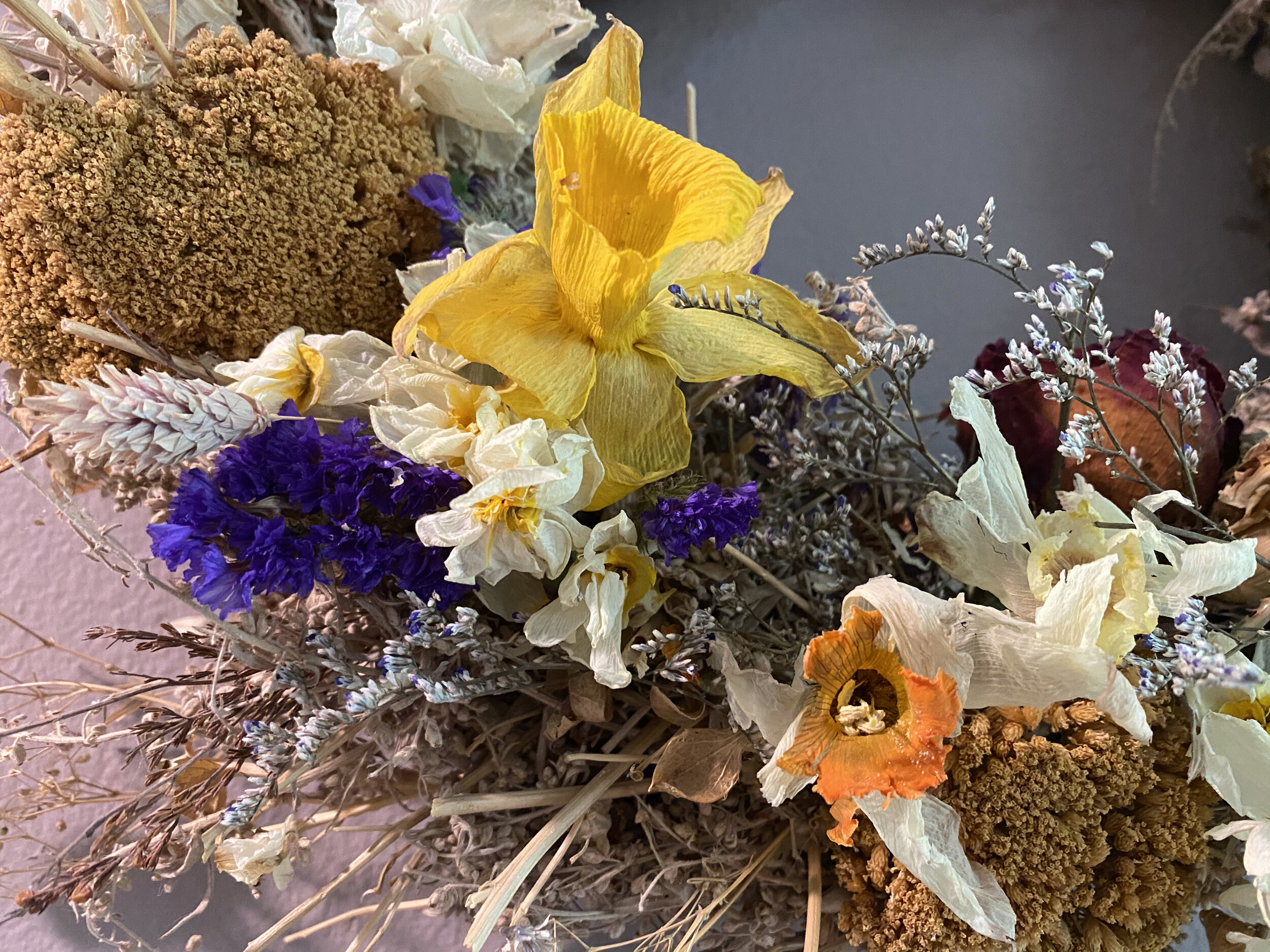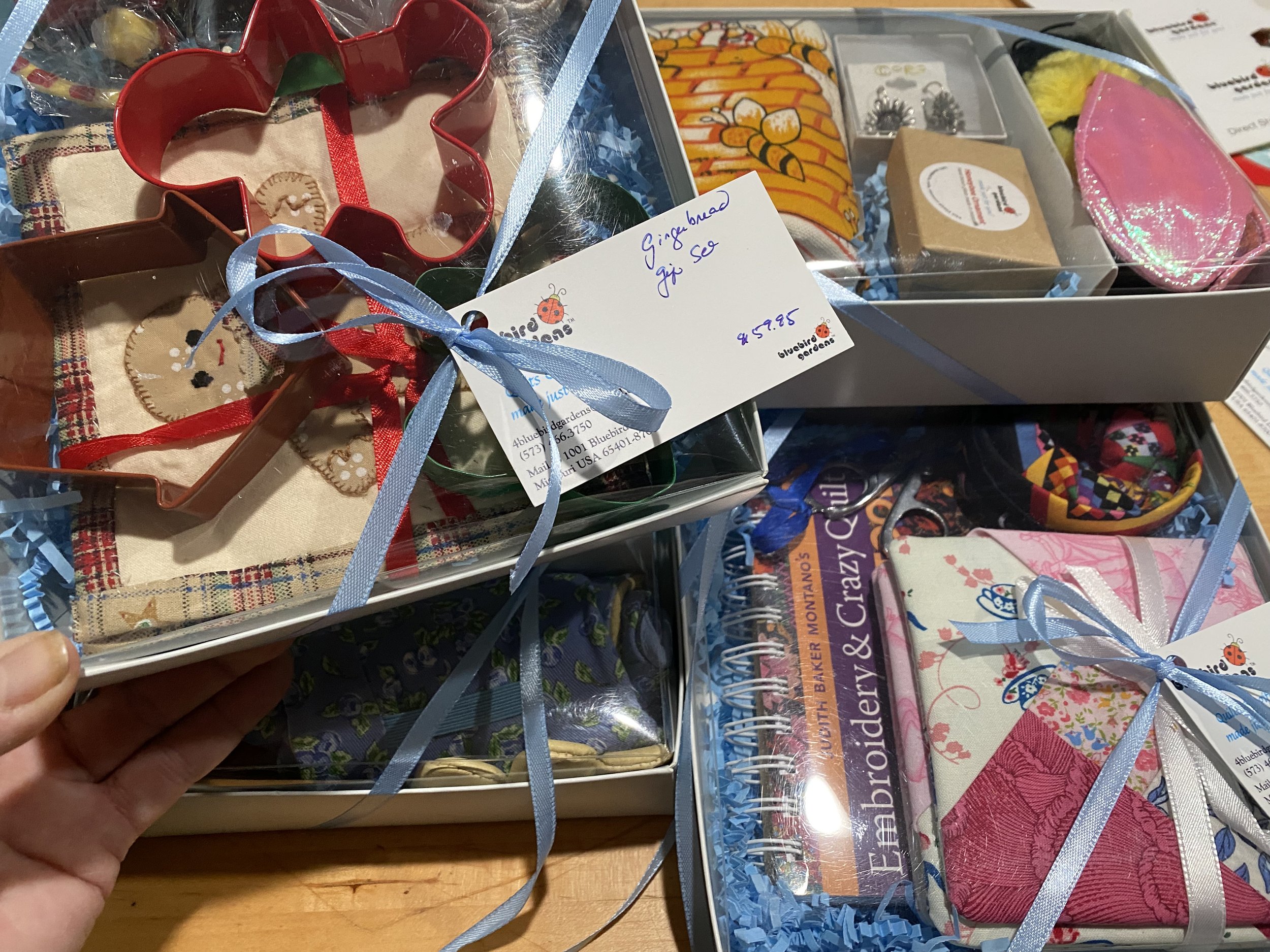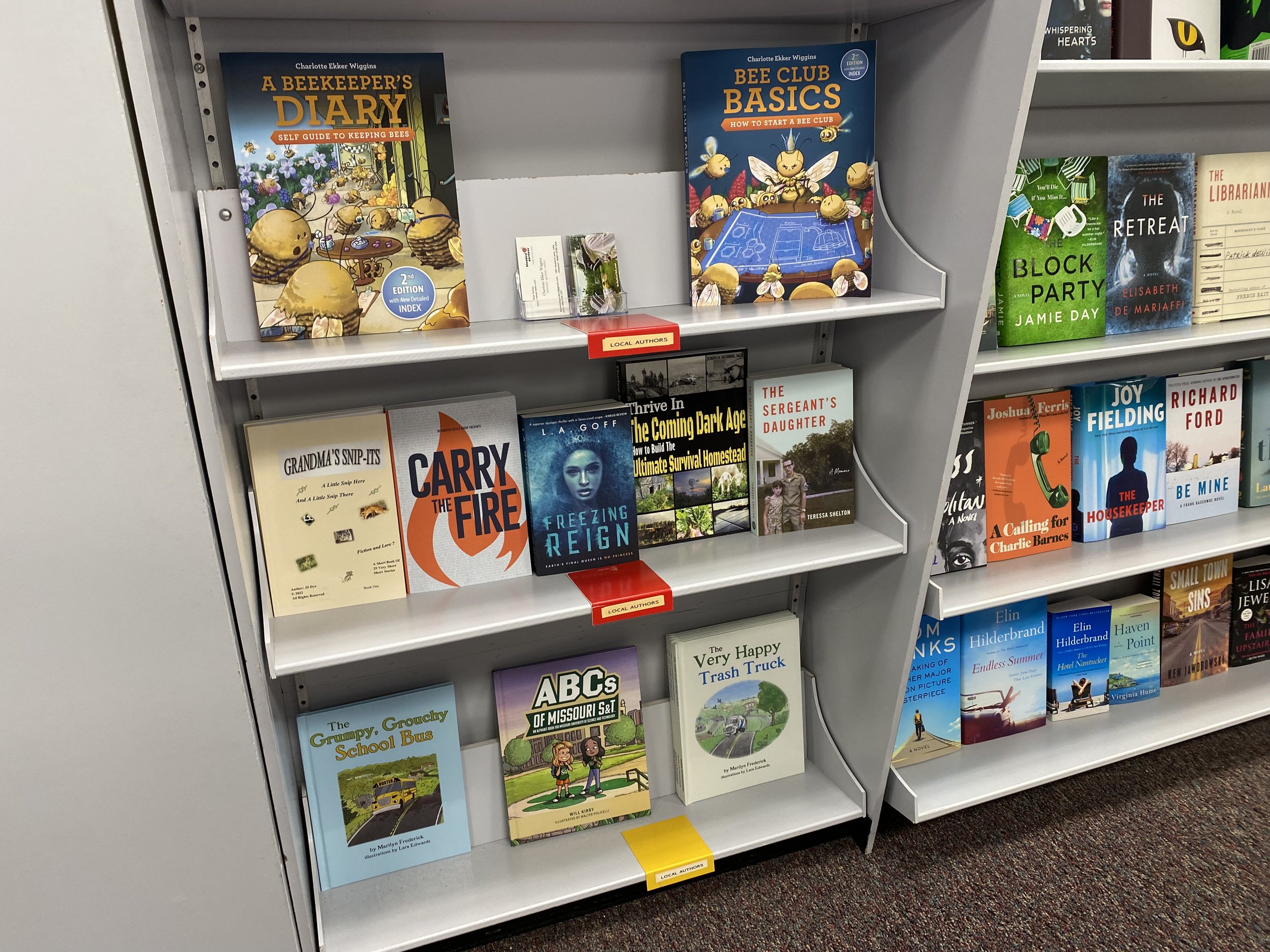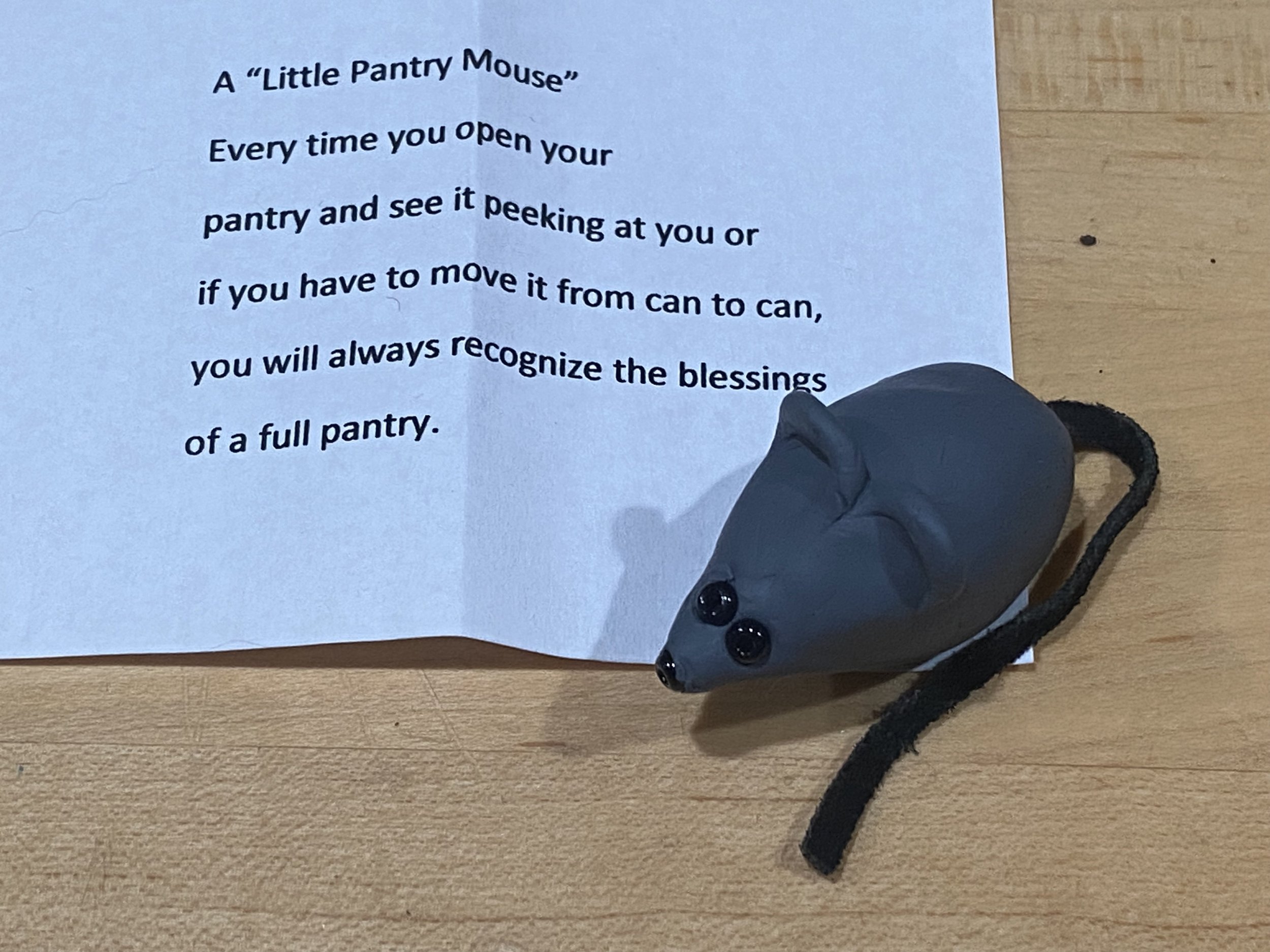Picking Daffodils
/A vase of daffodils will easily brighten any room. Here, Ice Follies. (Charlotte Ekker Wiggins photo)
Picking Daffodil
Some of my daffodils got an early start on spring this year, blooming almost a month earlier than they have in the past. I was good with that; there are few things that easily brighten a room, or spirits, than a bouquet of fresh daffodils.
Friends have told me over the years that they have a hard time deciding when to cut daffodils to bring inside so here are a few tips.
When walking through your garden, look for the daffodils that are bending over. Check the stems. You will find some daffodil stems have been bruised by weather. Those are the ones you should cut since the damaged stems won’t be able to feed the top flower.
Once inside, trim the dry part of the stem off so the fresh stem can take in water.
Bruised stem daffodils are perfect candidates for cutting to bring inside. (Charlotte Ekker Wiggins photo)
My second tip is look for daffodils getting ready to bud. Cutting daffodils in bud form will give them a longer vase life.
They will happily open when inside and exposed to warmer temperatures.
Look for daffodils showing color in their buds. (Charlotte Ekker Wiggins photo)
As you search for buds with color, cut the ones that may be lying on the ground. Not all of them break where they bend but their stems may be damaged. That way you won’t feel as bad cutting the flowers and you leave standing flowers to enjoy in the garden.
These yellow daffodil buds are ready to be cut for an inside bouquet. (Charlotte Ekker Wiggins photo)
So how early should you cut the buds?
Wait until the stem is fully extended and the buds are starting to show color.
These daffodil buds need a little more growth before being cut. (Charlotte Ekker Wiggins photo)
Once inside, place them in water and replace the water every day or every other day.
One more note: don’t mix daffodils with other flowers, they have a toxin that will kill off other blooms. If you want to mix them, let daffodils sit in water for 24 to 36 hours first so the toxins can drain.
Happy spring!














